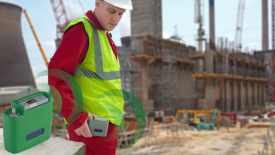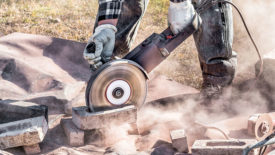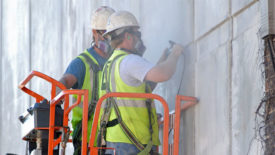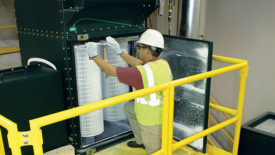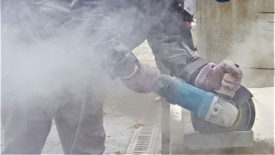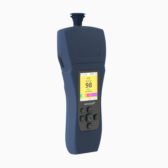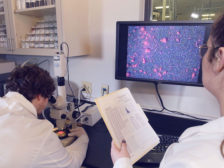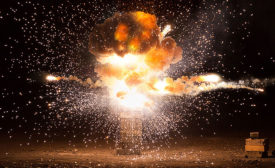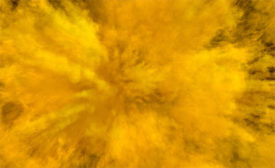Home » Keywords: » dust protection
Items Tagged with 'dust protection'
ARTICLES
4 ways to protect your industrial dust collector from explosions
Under pressure
February 9, 2021
Never miss the latest news and trends driving the safety industry
eNewsletter | Website | eMagazine
JOIN TODAYCopyright ©2024. All Rights Reserved BNP Media.
Design, CMS, Hosting & Web Development :: ePublishing
